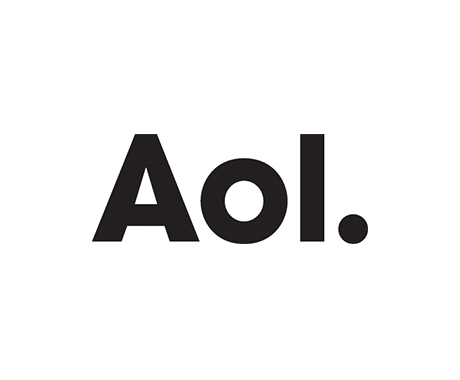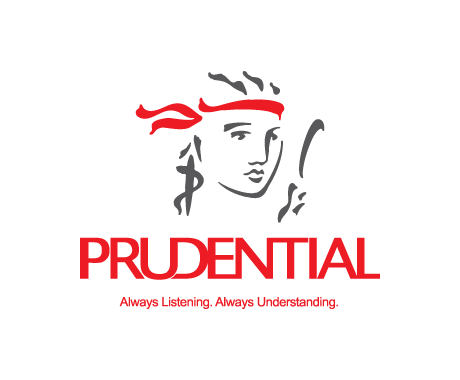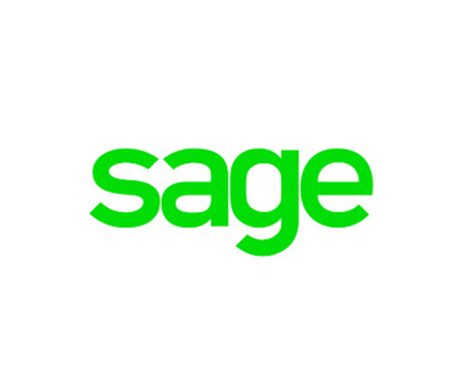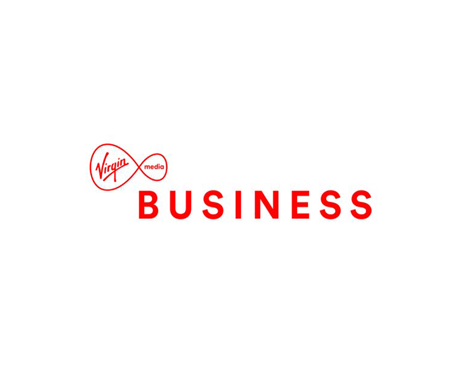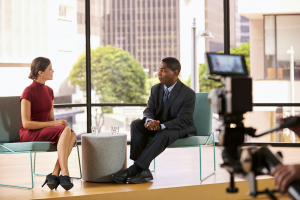-
.
-
Media Training
Tailor-made media training based on 20+ years experience.
You’ll work with BAFTA winning TV Executive Producers, BBC journalists and coaches who have worked with the biggest names in broadcasting. Our success rate is exceptional and our reputation is unrivalled.
Media training can actually do you more harm than good - it's generic and old-fashioned. Our detailed training programmes are bespoke to your needs ensuring you'll have the maximum impact.
We work with clients 1-to-1 or in a group, online or in person.
Our clients are businesses of all shapes and sizes - from small business owners to global CEOs, from politicians to famous faces. Play the video to meet us!
Gareth Davies
Public Speaking and Presentation Course
Public speaking is one of the most valuable skills in business, yet it's also one of the most feared. Our public speaking and presentation course is designed to help you overcome nerves and learn how to connect with any audience.
The fear of speaking often comes from uncertainty – what to say, how to say it, and whether people will listen. That’s why our training focuses on preparation and confidence. We help you build structure into your talk, so you always know where you’re going. We coach you to breathe well and use your voice with energy, not volume.
One useful tip is to practice your opening out loud, multiple times. Your first 30 seconds matter the most – that’s when the audience decides if they’ll pay attention. A strong start, with clarity and eye contact, sets the tone for everything that follows.
We also explore how to deal with nerves in the moment. Instead of trying to “get rid” of them, we show you how to channel nervous energy into positive performance. Confidence isn’t about pretending you’re not nervous – it’s about performing well in spite of it.
To find out more and book your place, visit: https://www.presenterstudio.com/business-presenter-training/presentation-skills-training
Presentation Skills for Leaders
Leaders are expected to communicate vision, drive change and influence others – often with little formal training in how to actually present well. That’s where our presentation skills for leaders course comes in. It’s about more than just what you say. It’s about how you lead the room.
Great leadership starts with presence. One simple but powerful technique is to pause before you speak. It builds gravitas, shows control, and instantly makes the audience listen. We also coach leaders to be aware of posture and movement – standing still when making a key point, and using purposeful gestures to emphasise ideas.
We also explore how to structure content for maximum impact. Leaders often overwhelm people with data. Instead, we teach how to lead with the “why”, and how to use storytelling to bring strategy to life. Storytelling isn’t soft – it’s one of the most powerful leadership tools you can use.
Whether you lead a team of five or five hundred, our course will help you engage people with more clarity, connection, and confidence.
More information here: https://www.presenterstudio.com/business-presenter-training/presentation-skills-training
Bespoke Presentation Skills Course
A one-size-fits-all approach rarely works when it comes to communication. That’s why our bespoke presentation skills course is designed around you – your goals, your challenges, your audience. Whether you’re presenting at a team meeting, client pitch, or industry conference, the way you show up can make all the difference.
We start by understanding your natural communication style and building from there. Our training helps you find your voice, clarify your message, and connect with authenticity. A bespoke course means you’ll get specific help where it counts – whether that’s body language, storytelling, or how to handle Q&A with ease.
One key tip we always teach is to avoid starting with slides. Build your narrative first. What’s your message? What do you want the audience to feel or do? Once you know that, visuals become a support tool, not the presentation itself.
With our tailored coaching, you’ll walk away with tools that work for your personality, not a rehearsed script. We can also give you access to filming and playback, so you can see the transformation in real time.
Find out more at: https://www.presenterstudio.com/business-presenter-training/presentation-skills-training
Keep It Short – Why Less Is More in Public Speaking
When you're asked to speak for thirty minutes, the goal isn’t to simply talk for thirty minutes. The goal is to deliver something of value.
One of the biggest mistakes speakers make is feeling they need to use every second they’ve been given. They go on too long. They repeat points. They fill space just for the sake of it. But audiences don’t measure the quality of a talk by its length. They remember how it made them feel. What it made them think. And whether it gave them something useful.
If you can land your message in twenty minutes instead of thirty, do it. If you can leave the audience with one great idea instead of five forgettable ones, that’s a win. Brevity shows confidence. It tells your audience you respect their time. It leaves space for questions or discussion. And it helps your key points stand out.
It also helps you stay in control. The more you ramble, the more likely you are to lose your thread or drift off course. By keeping things focused, you keep the energy in the room where it should be.
At Presenter Studio, we teach speakers how to structure talks with clarity and impact. Our training helps you make your message land – in less time, with more confidence. Take a look at the course here: https://www.presenterstudio.com/business-presenter-training/presentation-skills-training
Body Language in Public Speaking – How to Move with Purpose
Your body is part of your message. Whether you’re standing on a stage or presenting in a meeting room, how you move and hold yourself has a huge impact on how your audience sees you.
A strong physical presence starts with having a central place. This is your home position. It’s where you deliver your core points and where you naturally return to between moments. Standing grounded in one place communicates clarity and confidence. You don’t need to pace. You don’t need to fill the space. Stillness can be powerful.
That said, movement can help if it’s intentional. You might walk to one side of the stage to make a new point or to involve a different part of the audience. You might move to the other side for contrast or to tell a story. Keep it to two or three main locations. Movement should add energy, not create distraction.
If there’s a podium, don’t feel trapped behind it. Consider standing just beside it instead. This small shift can help break down barriers and add warmth to your delivery. The podium can sometimes act as a shield. Stepping out from behind it makes you feel more present and more human.
What you want to avoid is drifting. That means wandering around without purpose or fidgeting on the spot. It breaks focus and dilutes your message. Practice using your body to support what you’re saying, not take attention away from it.
For more ways to feel confident in your body and voice, explore our full public speaking course at https://www.presenterstudio.com/business-presenter-training/presentation-skills-training
How to Prepare for a Media Interview
Facing a media interview can feel daunting, especially if it’s live. But with the right preparation, you can feel confident and ready to handle whatever comes your way.
The first step is to get clear on your message. Before you go into any interview, ask yourself what the takeaway should be for the audience. What do you want them to remember? What impression do you want to leave? From there, you can build short, focused answers that deliver impact.
Next, consider how your answers might sound out loud. Speak them aloud, not just in your head. Practice turning points into short, conversational soundbites. The media loves clarity and brevity. Think about examples or personal stories that support your message. People connect with stories far more than statistics.
It’s also important to anticipate the questions. Some may be easy. Others may be more probing. Think about what you’re likely to be asked and how you’ll respond. If a difficult subject comes up, stay calm. Acknowledge the point, then return to your key message.
Lastly, your tone and body language matter just as much as your words. Keep eye contact, sit with relaxed energy, and speak at a steady pace. Even on radio, your voice will reflect how you’re feeling. Calm, confident energy builds trust.
At Presenter Studio, we help clients feel media-ready, whatever the situation. Whether you’re going on camera or speaking to press, our media training gives you the tools to own your message and stay in control. Learn more here: https://www.presenterstudio.com/business-presenter-training/media-training
What Is Media Training and Why Do You Need It?
Media training is about learning how to communicate well in the spotlight. It’s not just for celebrities or politicians. In fact, it’s increasingly important for business leaders, brand spokespeople, and anyone who might need to represent their company in the media.
At its heart, media training is about helping you speak with clarity, confidence, and control. That could be during a TV appearance, a radio interview, a podcast, or even a live social media stream. It helps you understand what journalists want, how to frame your message, and how to stay composed under pressure.
A good media trainer will help you prepare for different types of questions — from the friendly to the challenging. You’ll learn how to keep answers concise, how to land key points, and how to avoid common pitfalls that can derail your message.
It’s not about learning a script. It’s about knowing how to speak in your own voice, while staying on message. The best media appearances are the ones that feel authentic. And that takes practice.
If you're representing your brand or business in public, media training can give you the tools to do it with impact and authority. At Presenter Studio, we’ve coached CEOs, founders, and on-screen talent to build confidence and stay in control. Explore how our media training can support you here: https://www.presenterstudio.com/business-presenter-training/media-training
Media Training – Our Top 3 Tips for Success on Camera
Whether you're preparing for a TV interview, a press day, or an online video, one of the biggest challenges is how to come across naturally on camera. It can feel unfamiliar. Formal. Sometimes even intimidating. But with a few simple shifts, you can take control and deliver your message with warmth, clarity, and confidence.
The first tip is to treat the camera as a friend. Instead of seeing it as a lifeless machine or a judging eye, imagine you're speaking to someone you know. Someone you like. This instantly softens your body language and helps your voice feel more conversational. The audience may be behind the lens, but if you speak as if they’re right in front of you, they’ll feel more connected to what you’re saying.
Second, look to deformalise the space. Traditional settings can sometimes make us stiff. Whether it's a corporate boardroom or a sterile studio, try to bring a sense of ease into the environment. This might be through how you sit, how you breathe, or simply the tone you use. Speak as if you’re having a conversation rather than delivering a speech. You’re not reciting lines — you’re sharing a message.
And finally, know your message, not your script. Trying to memorise word for word can trip you up and make you sound robotic. Instead, get clear on the points you want to make. If you know your message inside out, you’ll be able to adapt in the moment and sound more human.
At Presenter Studio, we’ve worked with some of the UK’s top talent to help them shine in interviews and on screen. Our media training is all about helping you find your natural voice and build trust with your audience. Discover more about the course at https://www.presenterstudio.com/business-presenter-training/media-training
How to Use Slides in a Presentation (Without Relying on Them)
Slides can be helpful. But they’re often misused. Too much text. Too many transitions. Too many moments where the presenter turns to the screen and forgets about the people in front of them.
At Presenter Studio, we encourage presenters to see slides for what they are – a visual support, not a script to hide behind. The moment you speak to the screen instead of your audience, you’ve lost the room.
Start by reducing the amount of text. A single headline. A striking image. A few key figures or quotes. That’s all you need. If you fill the slide with dense paragraphs, people will read ahead and stop listening to you.
Next, keep your focus on the audience. Speak from your own knowledge and experience. Let the slide reinforce your message, not carry it. You should never feel like the screen is doing the heavy lifting. You are the presentation.
Finally, ask yourself if you even need slides. Not every idea needs a visual. Sometimes the most powerful moment comes when you tell a story without anything on screen. When the attention is entirely on your voice and your message.
Using slides well is about restraint, clarity, and confidence. If you want to improve your delivery and visual communication, take a look at our training at
Why a Smile Is Your Most Powerful Presentation Tool
A smile can do more than ease your nerves. It can help you connect. It can build trust. And it can make your message land with far more impact.
At Presenter Studio, we’ve seen time and again how a genuine smile transforms the energy in the room. It makes the speaker more approachable. It puts the audience at ease. And it shifts the whole tone of a presentation.
Smiling tells your audience you’re comfortable. That you’re open. That you’re confident in what you’re saying. It also signals warmth, which makes people more likely to listen and respond to you.
And the effects aren’t just outward. Smiling helps you as the presenter. It calms your nervous system. It slows your breathing. It reminds your brain that you’re in control.
The next time you present, think of it as a two-way connection. Look people in the eye. Acknowledge the room. Smile when it feels natural and let that energy guide you. It’s not about being overly cheerful. It’s about being real, present, and human.
If you want to feel more relaxed and confident in front of an audience, our business presentation training will give you tools you can trust. Explore the full course at: https://www.presenterstudio.com/business-presenter-training
Meet Us
-
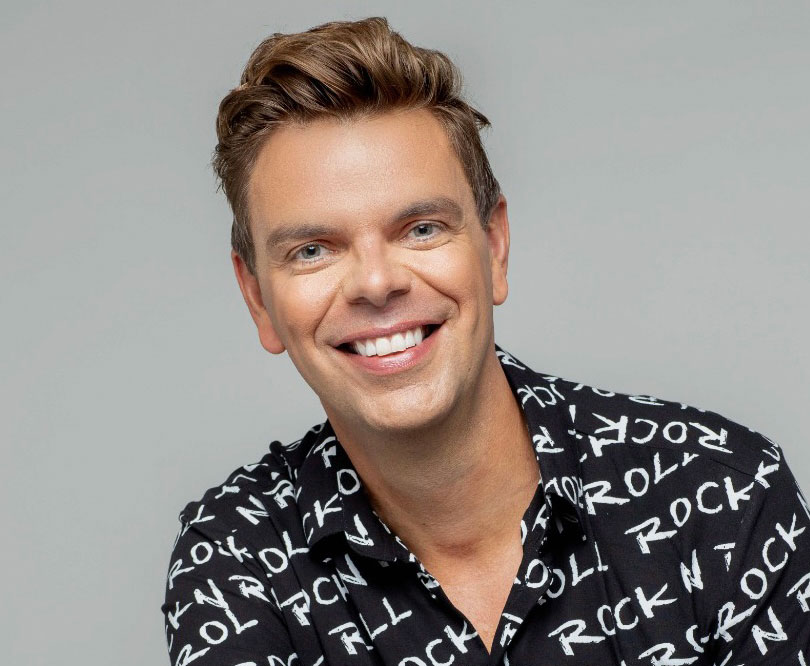
Working With Gareth And Leon

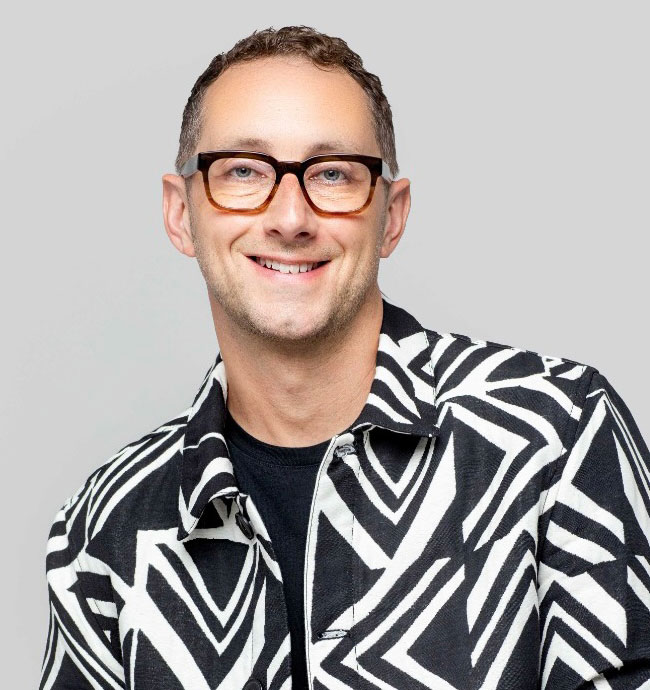
Our tailor-made media coaching is based on over 20 years experience. And we are experts in bringing out your personality, making sure it is both personal to you and works with the brand you represent.
Gareth Davies and Leon Campell are two of the UK’s most successful TV Producers. They have worked with TV’s biggest presenters - Dermot O’Leary, Claudia Winkleman, David Beckham, Zoe Ball, Raymond Blanc, Rylan Clarke, Christine Bleakley…so we know what makes a good personality.
They have worked with all the major TV channels in the UK – BBC, ITV, Channel 4, Channel 5 and SKY - and have won a BAFTA!
We’ve been trusted to work with some of the worlds most successful brands and their employees – Virgin Business, AOL, The Prudential Plc, Red Bull, Porsche, NIKE, Sega, the Ministry of Defence, ASOS...
So if you want bespoke media training that packs a punch get in contact.

-
OUR RECENT CLIENTS
